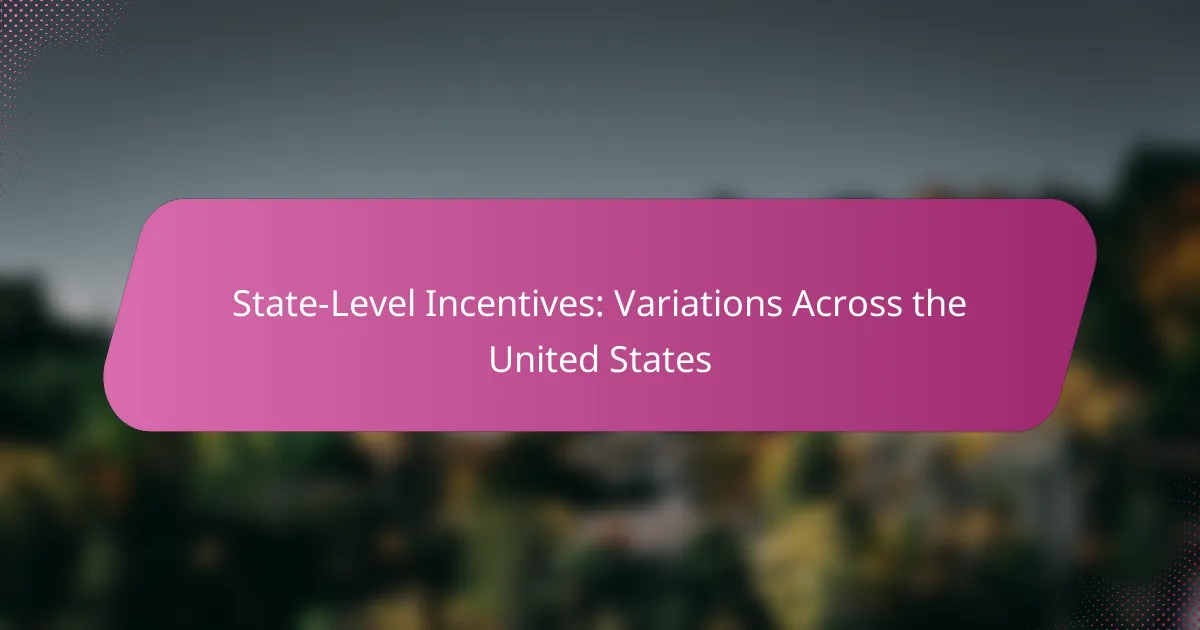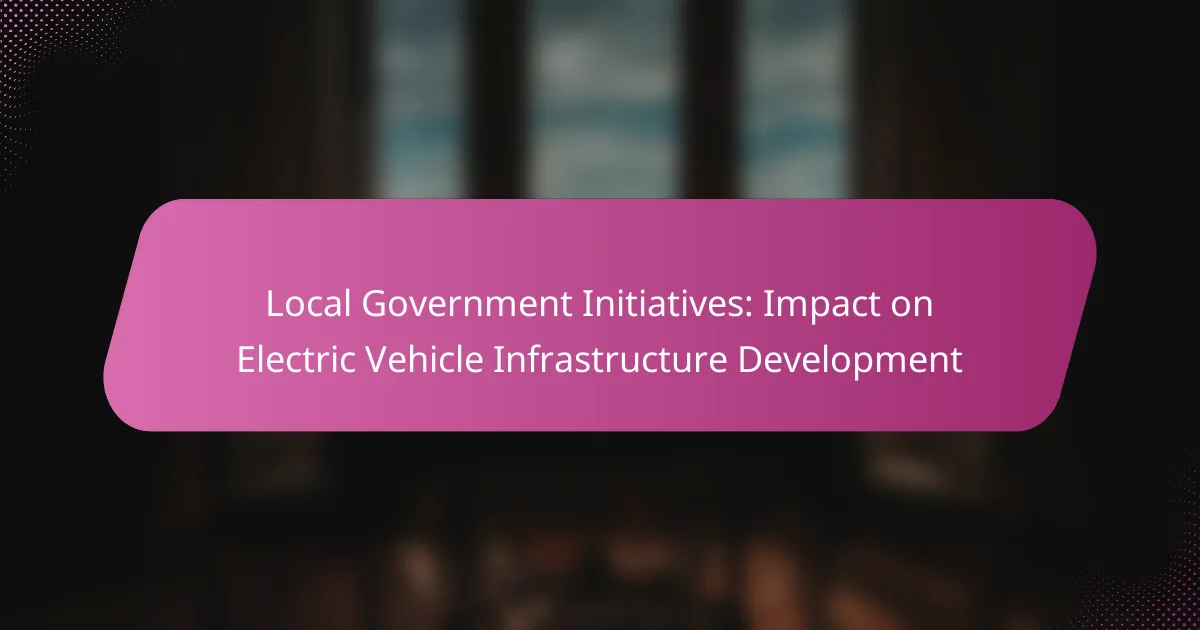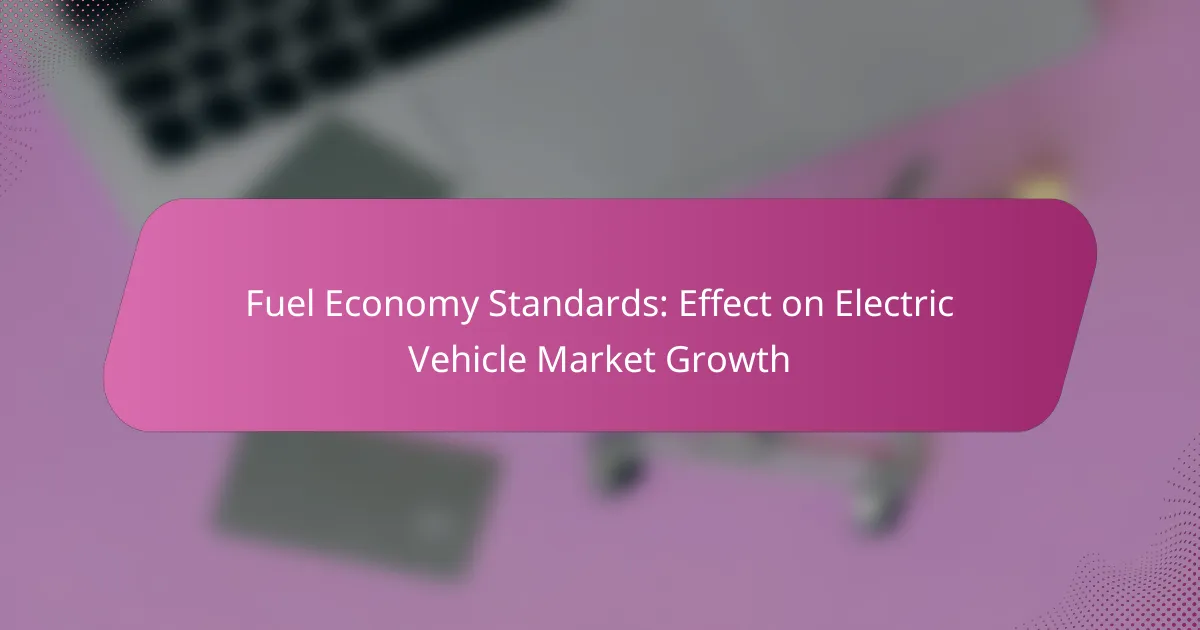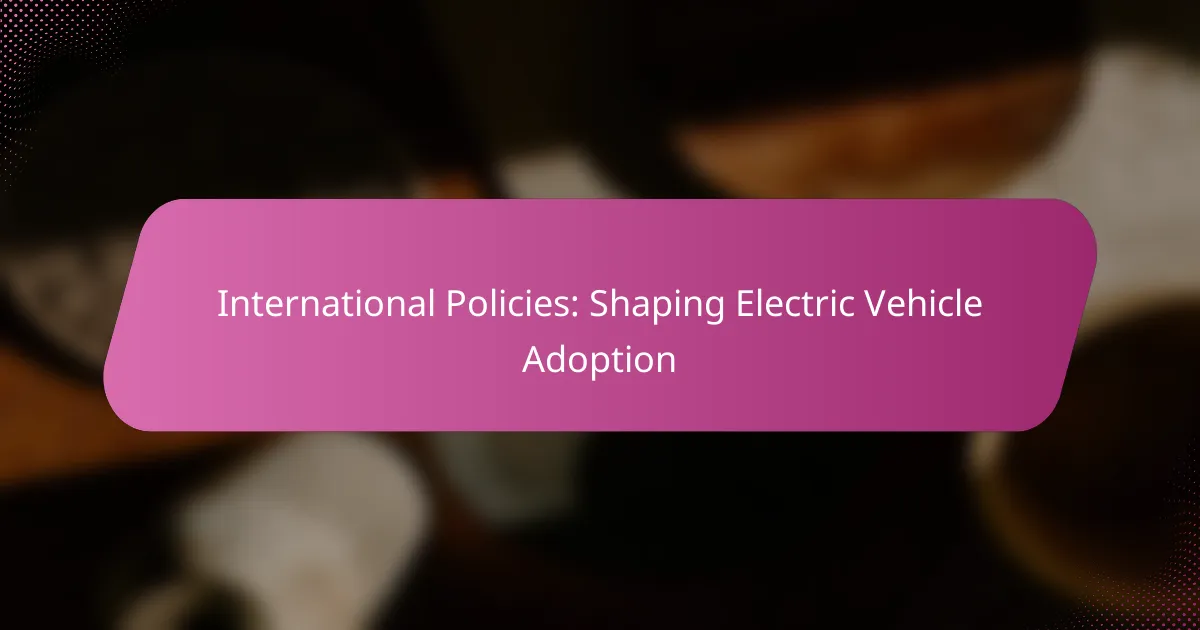State-level incentives in the United States encompass a range of financial benefits aimed at fostering economic growth, investment, and job creation. These incentives, which include tax credits, grants, and subsidies, vary significantly across states due to differing regional priorities and local policies. By understanding these variations, businesses and individuals can better navigate the landscape of available programs to maximize their benefits.

What state-level incentives are available in the United States?
State-level incentives in the United States include various financial benefits designed to encourage economic growth, investment, and job creation. These incentives can take the form of tax credits, grants, loan programs, rebates, and subsidies, each varying by state and industry focus.
Tax credits
Tax credits reduce the amount of tax owed to the state, providing direct financial relief to businesses and individuals. States often offer credits for activities such as renewable energy investments, research and development, or job creation in targeted sectors.
For example, some states provide tax credits that can cover a percentage of qualified expenditures, which can significantly lower overall tax liabilities. Businesses should carefully review eligibility requirements and application processes to maximize benefits.
Grants
Grants are funds provided by state governments that do not require repayment, typically aimed at specific projects or initiatives. These can include funding for infrastructure improvements, workforce training programs, or innovation in technology.
Eligibility for grants often depends on meeting certain criteria, such as project feasibility or alignment with state economic goals. Applicants should prepare detailed proposals to demonstrate how their projects will benefit the state economy.
Loan programs
Loan programs offer financial assistance to businesses at favorable interest rates or terms, helping them to expand or start operations. States may provide loans for various purposes, including capital investments, equipment purchases, or real estate development.
These loans often come with lower interest rates compared to traditional financing options, making them attractive for small to medium-sized enterprises. Businesses should assess repayment terms and conditions to ensure they align with their financial capabilities.
Rebates
Rebates are partial refunds provided by the state to incentivize specific purchases or investments, such as energy-efficient equipment or electric vehicles. These can help offset initial costs and encourage environmentally friendly practices.
States may have different rebate programs with varying eligibility criteria and application processes. It’s essential for businesses and individuals to stay informed about available rebates and the necessary documentation to claim them.
Subsidies
Subsidies are financial assistance provided by the state to lower the cost of goods or services, often aimed at supporting industries like agriculture, renewable energy, or manufacturing. These can take the form of direct payments or reduced costs for essential services.
Subsidies can significantly impact operational costs, making it crucial for businesses to understand the terms and conditions associated with these incentives. Staying updated on state policies can help businesses take advantage of available subsidies effectively.

How do state-level incentives vary by region?
State-level incentives differ significantly across the United States, influenced by regional economic priorities, industry presence, and local policies. Understanding these variations can help businesses and individuals maximize their benefits from available programs.
Northeast incentives
The Northeast typically offers a range of incentives focused on technology, renewable energy, and workforce development. States like Massachusetts and New York provide tax credits for clean energy projects and research and development initiatives.
Businesses may benefit from grants and low-interest loans aimed at innovation and sustainability. However, competition for these resources can be intense, so early application and thorough proposals are essential.
Midwest incentives
In the Midwest, incentives often emphasize agriculture, manufacturing, and small business growth. States such as Iowa and Ohio provide tax exemptions for equipment purchases and incentives for job creation in manufacturing sectors.
Additionally, many Midwest states have programs aimed at supporting rural development, which can include grants for infrastructure improvements. Businesses should explore local economic development agencies for tailored assistance.
Southern incentives
The Southern states frequently focus on attracting new businesses and fostering economic growth through tax incentives and grants. States like Texas and Florida offer no state income tax, which can be a significant draw for new companies.
Moreover, many Southern states have specific programs for industries such as tourism and energy. Companies should assess the long-term benefits versus the initial costs of relocating or expanding in these regions.
Western incentives
Western states often provide incentives that cater to technology and environmental sustainability. California, for instance, has extensive programs for clean technology and innovation, including substantial tax credits for electric vehicle manufacturing.
However, the regulatory environment can be complex, and businesses must navigate various local and state requirements. Engaging with local chambers of commerce can provide valuable insights into available incentives and compliance needs.

What factors influence state-level incentives?
State-level incentives are shaped by a combination of economic conditions, political climate, and industry presence. Understanding these factors can help businesses and individuals navigate the varying landscapes of incentives across the United States.
Economic conditions
Economic conditions play a crucial role in determining the types and amounts of incentives offered by states. States experiencing economic growth may provide more generous tax breaks or grants to attract businesses, while those facing downturns might focus on retaining existing companies.
For example, states with high unemployment rates may offer incentives aimed at job creation, such as tax credits for hiring local workers. Conversely, states with robust economies may prioritize incentives that encourage innovation and investment in new technologies.
Political climate
The political climate within a state significantly influences the formulation of incentives. States governed by pro-business administrations may implement more favorable policies, while those with a focus on social welfare might prioritize incentives that support community development.
Changes in leadership can lead to shifts in incentive programs. For instance, a new governor may revise existing tax credits or introduce new funding initiatives, reflecting their administration’s priorities and political ideology.
Industry presence
The presence of specific industries within a state can dictate the nature of incentives offered. States with a strong tech sector may provide incentives tailored to research and development, while those with a focus on agriculture might offer subsidies for farming practices.
Moreover, states often compete to attract key industries by customizing their incentive packages. For example, a state may offer significant tax incentives to lure a major manufacturing plant, while simultaneously providing support for local startups in emerging sectors.

How can businesses access state-level incentives?
Businesses can access state-level incentives by researching available programs and submitting the necessary applications. These incentives can include tax credits, grants, and other financial benefits designed to stimulate economic growth within specific states.
Application processes
The application process for state-level incentives typically involves several steps, including initial research, form completion, and submission. Businesses should start by identifying the specific incentives relevant to their industry and location.
Many states provide online portals where businesses can apply directly. It’s crucial to follow the instructions carefully and meet any deadlines to ensure eligibility.
Eligibility criteria
Eligibility criteria for state-level incentives vary widely by state and program. Common factors include the type of business, the number of employees, and the location of operations. Some incentives may target specific industries, such as technology or renewable energy.
Businesses often need to demonstrate a commitment to job creation or investment in the local economy to qualify. Reviewing the specific requirements for each program is essential to avoid wasting time on ineligible applications.
Documentation requirements
Documentation requirements for applying to state-level incentives can include financial statements, business plans, and proof of employment or investment. Each program will have its own set of required documents, so it’s important to gather these materials early in the process.
In some cases, businesses may also need to provide tax returns or other financial records to substantiate their claims. Ensuring all documentation is accurate and complete can significantly improve the chances of approval.

What are the benefits of state-level incentives for businesses?
State-level incentives provide various advantages for businesses, including tax breaks, grants, and other financial assistance. These incentives can significantly reduce operational costs, encourage investment, and stimulate job creation within the state.
Types of state-level incentives
State-level incentives can be categorized into several types, including tax credits, rebates, grants, and loan programs. Tax credits allow businesses to reduce their tax liability, while grants provide direct funding for specific projects. Loan programs often offer favorable terms to help businesses secure necessary financing.
Additionally, some states offer workforce training incentives, which help cover the costs of employee training and development. This can be particularly beneficial for industries that require specialized skills.
How state-level incentives impact business decisions
State-level incentives can heavily influence business decisions regarding location, expansion, and investment. Companies often evaluate the available incentives when choosing where to establish or grow their operations, as these benefits can lead to substantial cost savings.
For instance, a business considering a move to a state with generous tax credits may find it more financially viable to relocate. This can lead to increased competition among states to attract businesses, ultimately benefiting the local economy.
Common pitfalls to avoid
While state-level incentives can be advantageous, businesses should be cautious of potential pitfalls. One common mistake is failing to thoroughly understand the terms and conditions associated with the incentives. Businesses should ensure they meet all requirements to avoid penalties or loss of benefits.
Another pitfall is overestimating the value of incentives without considering other factors such as workforce availability, infrastructure, and market access. A comprehensive analysis of all aspects of a location is essential for making informed decisions.



